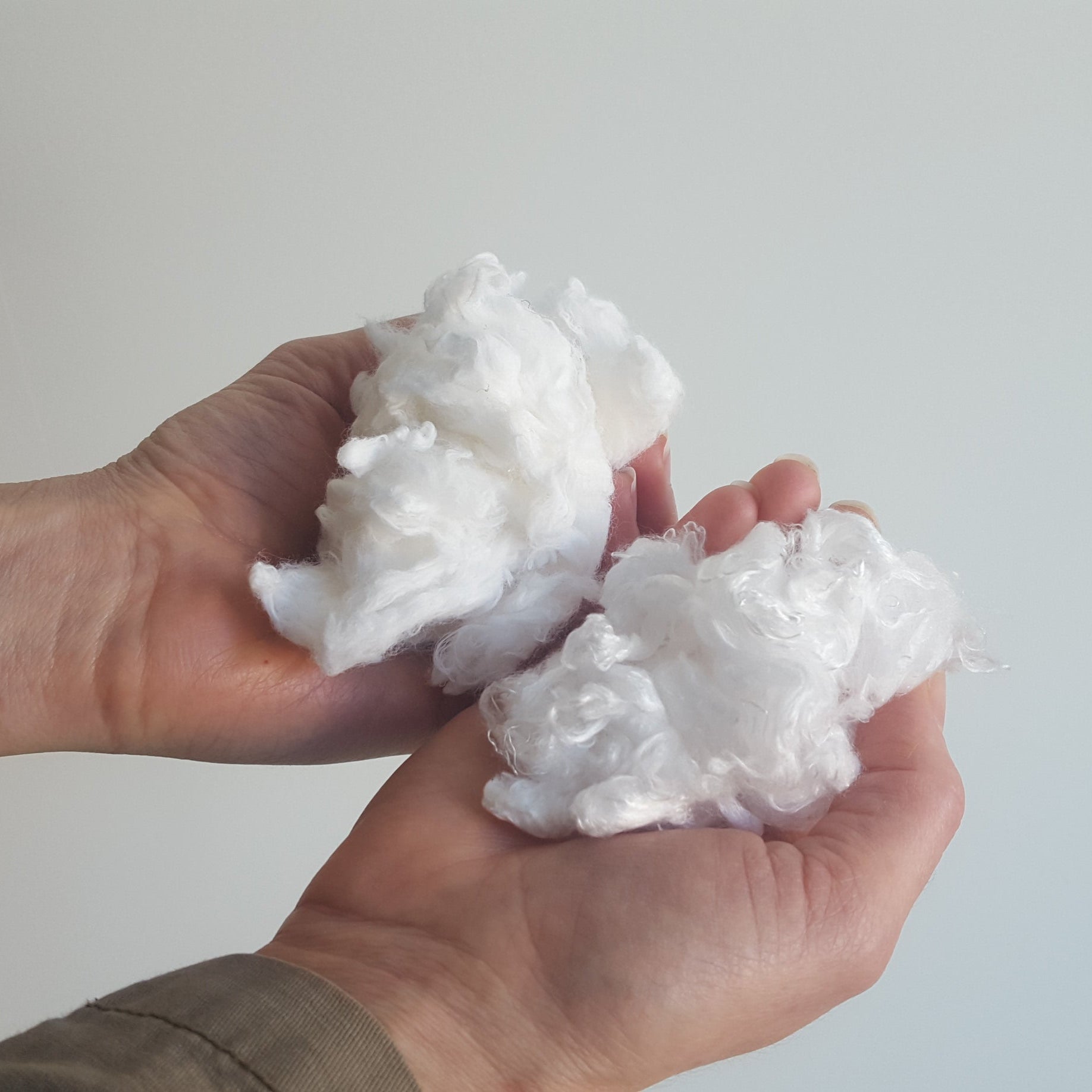Tinea Versicolor is a harmless fungal infection that causes patches of discoloured skin. Commonly affecting the trunk and shoulders, the patches appear lighter or darker than the surrounding skin.
In this post, we talk about the signs and causes of tinea versicolor. We also share the best tinea versicolor at home treatment for those with sensitive skin. Read on!
Understanding Tinea Versicolor
Tinea Versicolor is a common fungal infection that interferes with the normal pigmentation of the skin. It typically occurs in teens and young adults.
Although it may make a person more self-conscious about their appearance, tinea versicolor is neither contagious or painful. Prolonged exposure to the skin can make skin discolouration more apparent. That’s why it often reoccurs in warm, humid weather.
What Causes Tinea Versicolor?
Malassezia is a type of yeast found on the surface of the skin. This fungus is, in fact, found on healthy skin, protecting your body from infection.
It becomes a problem when it starts to overgrow. This can happen due to a variety of factors such as hormonal changes, having oily skin, exposure to hot, humid weather, excessive sweating, and a weakened immune system.
Symptoms of Tinea Versicolor
Tinea versicolor causes patches of skin to change color. On lighter skin, these patches are usually red, pink, or pale brown. On darker skin tones, the patches appear paler in color than the surrounding skin.
You will typically find these patches on the upper back, arms, neck, tummy, and chest. Patches are usually flat and round. They can join up with other patches to form a larger area. Like eczema patches, they can be itchy and scaly.
Tinea Versicolor Diet
What you eat undoubtedly plays a role in skin and bodily health. While there is not a specific tinea versicolor diet, the food you consume matters when it comes to treating tinea versicolor.
We recommend supporting your immune system by eating a diet that’s rich in fruit and vegetables. Examples of food that support the immune system include dark, leafy green vegetables, citrus fruits, grapes, and red and orange bell peppers. Broccoli, spinach, and brussel sprouts are other good options. Not only are they powerful antioxidants, they are also great sources of vitamin A, C, and E.
Whole grains and lean protein can also help keep your immune system healthy. Garlic, which has antifungal properties, can also help keep tinea versicolor at bay.
So, what about foods to avoid? We recommend cutting back on sugary and highly-refined carbohydrates. This can include foods like white bread, cookies, potatoes, and candy.
Of course, you want to avoid processed foods as much as possible. Vinegar and alcohol also have high sugar content, plus they are produced by the fermentation of yeast which can promote the growth of the fungus on your skin. For these reasons, you may want to think about cutting back on them.
Tinea Versicolor At Home Treatment
To help you manage itchy symptoms of tinea versicolor, we recommend applying a natural moisturizer like this Organic Manuka Skin Soothing Cream. It’s made with just 6 ingredients, all of which were picked because of their known soothing benefits.
Your sensitive skin will love its soft, buttery texture that’s free from burning and stinging. The best part is, you can use this oil-based balm anywhere on your body from head to toe. You can even apply it to delicate areas like the eyelids and lips.
We love it for helping with fungal infections because it contains manuka oil which is 20 to 30 times more effective against bacteria and 5 to 10 times more effective against fungus than tea tree oil.










